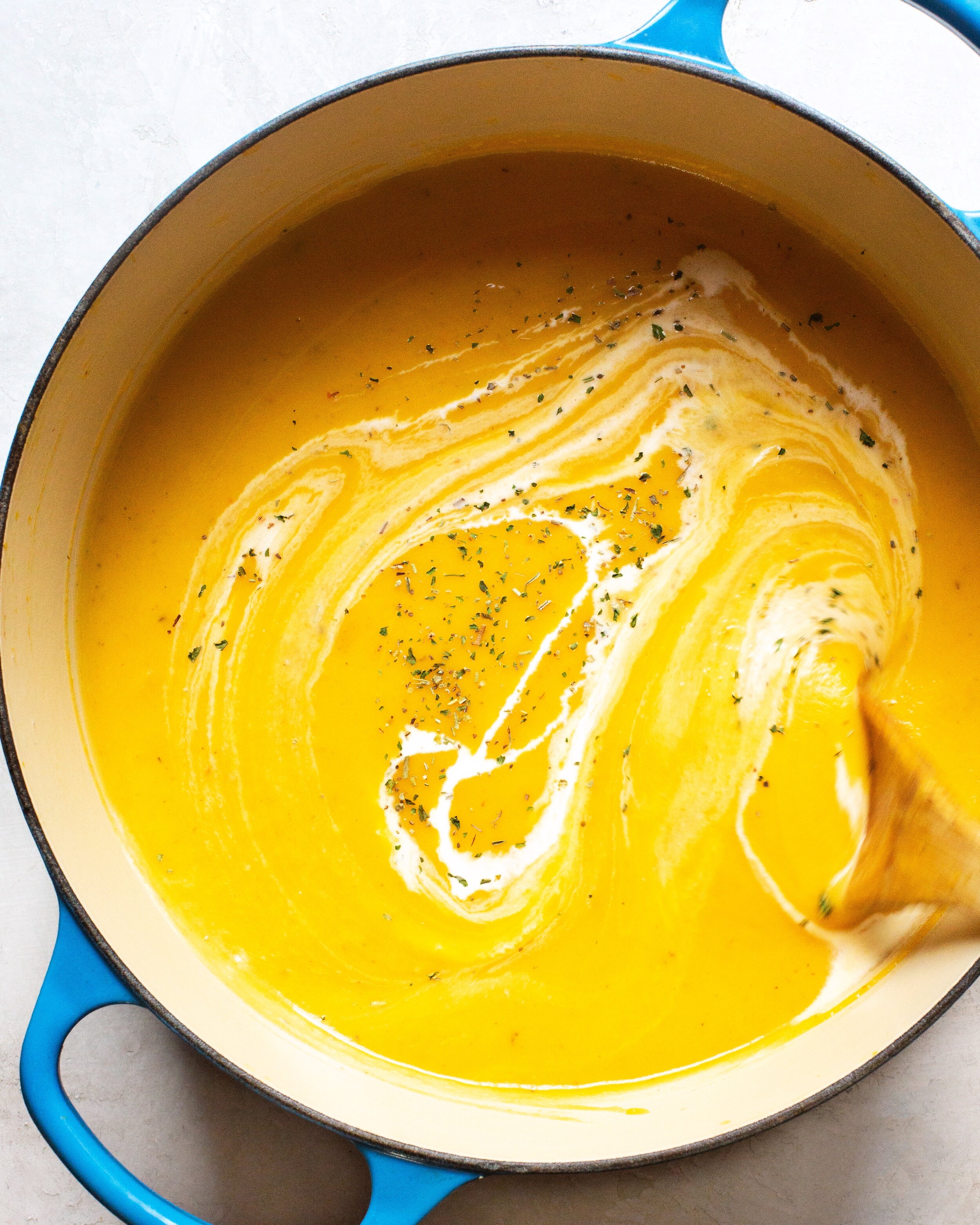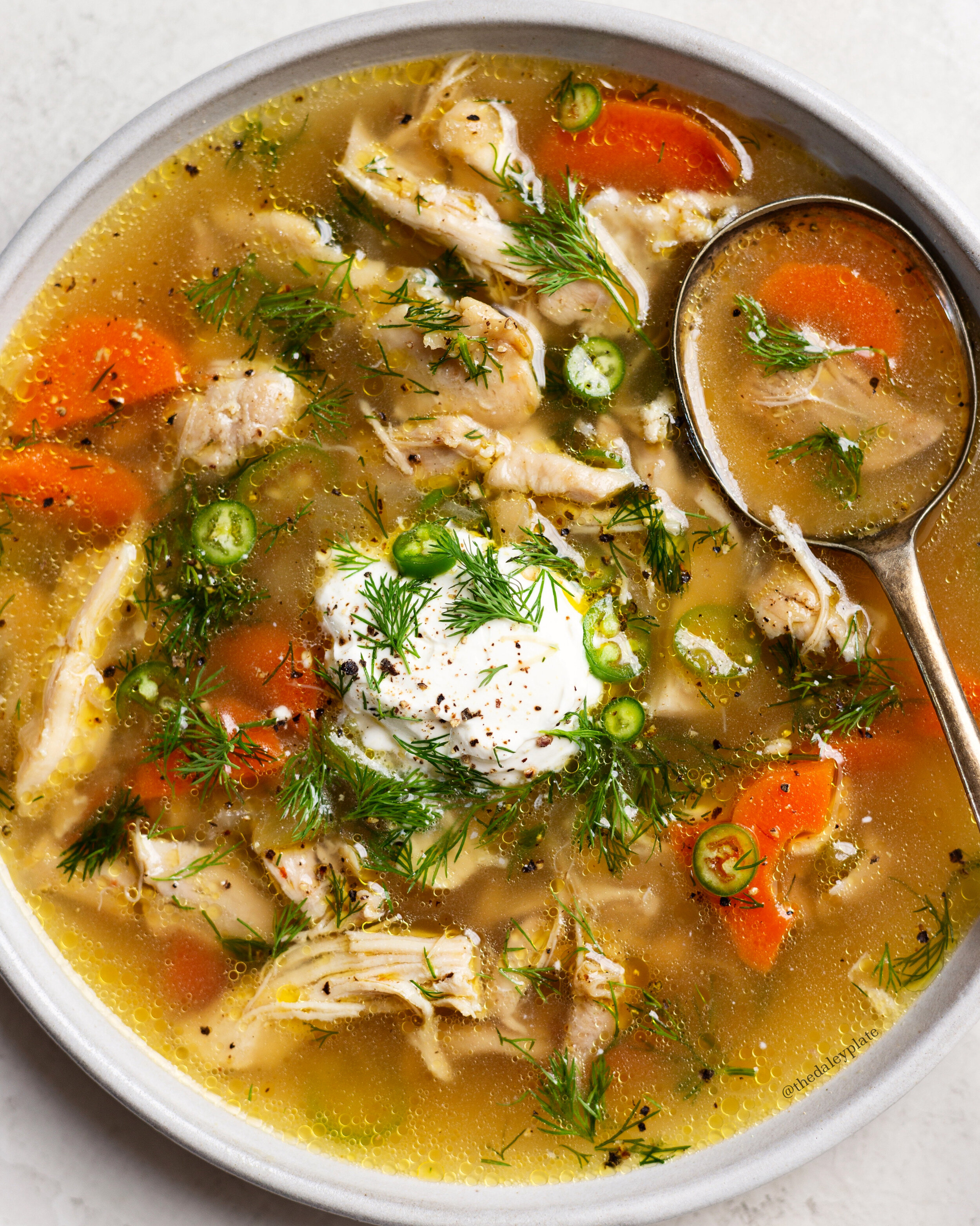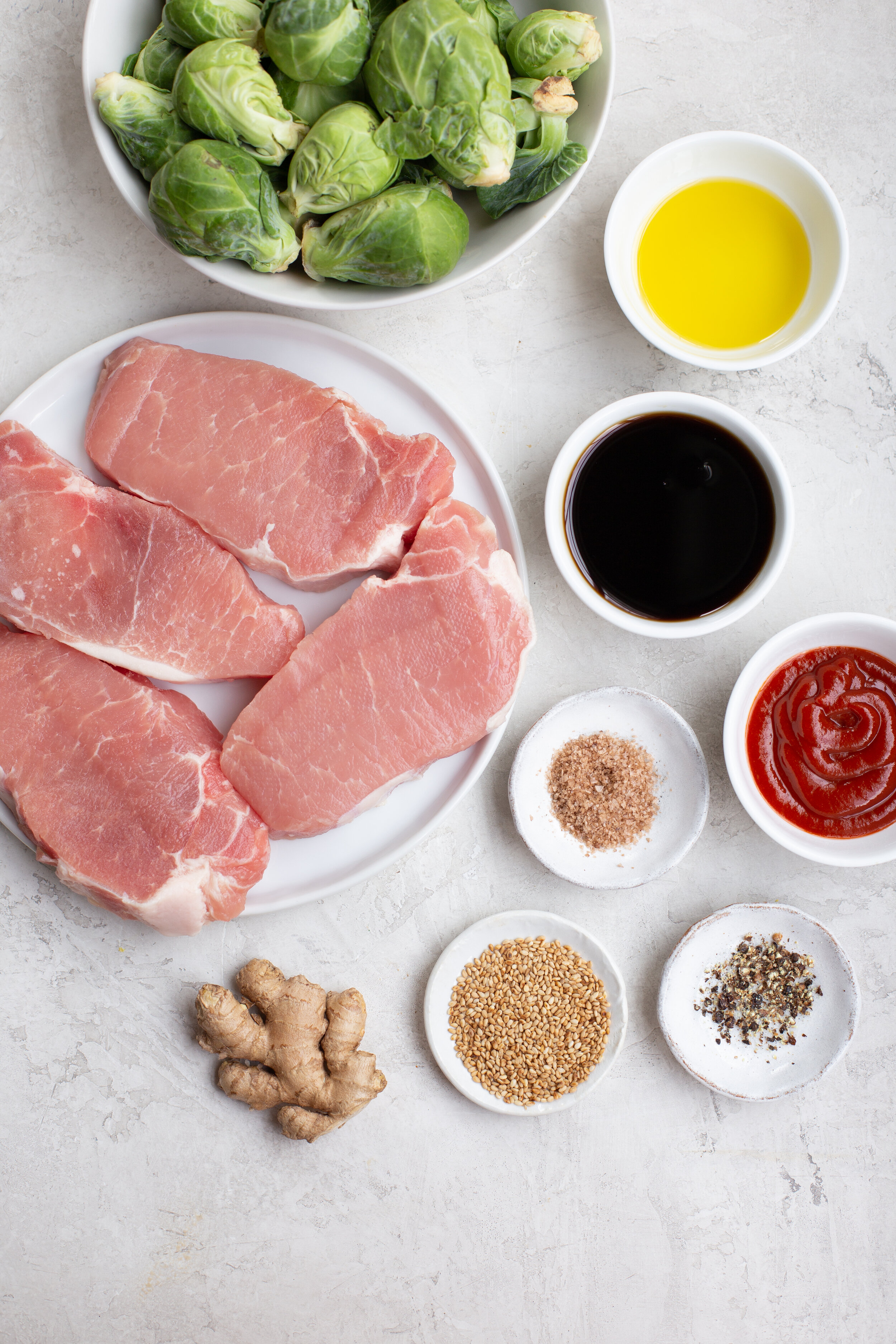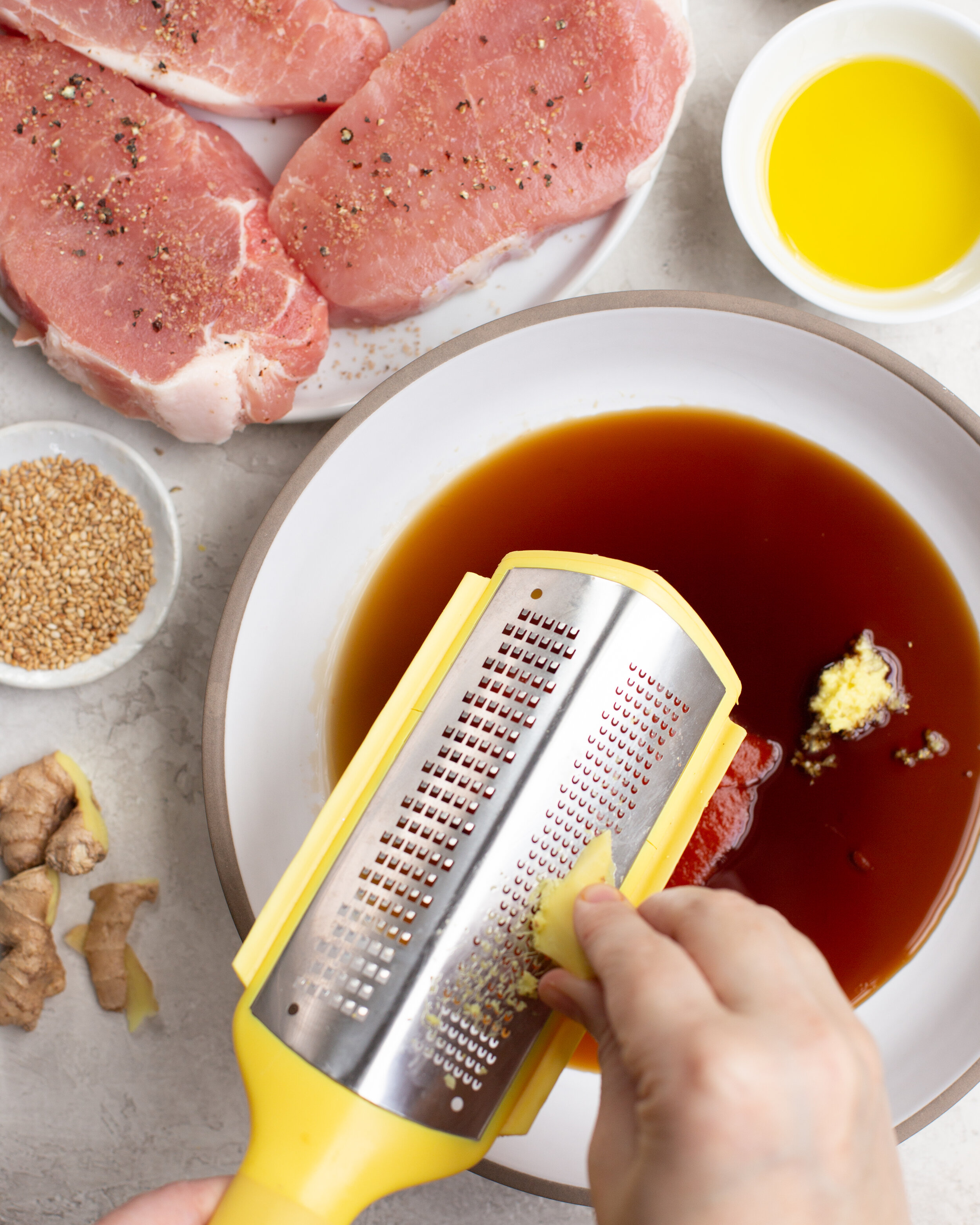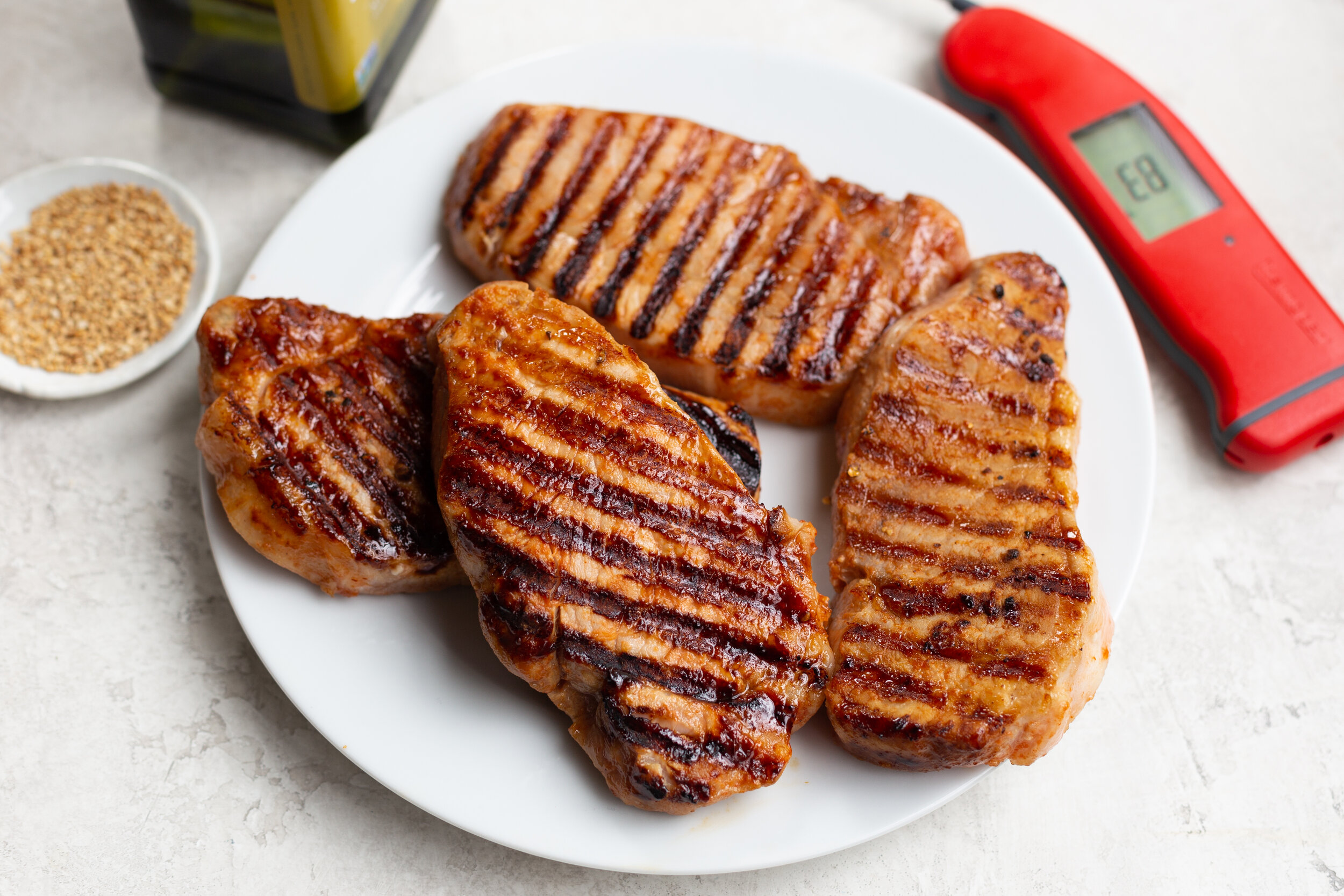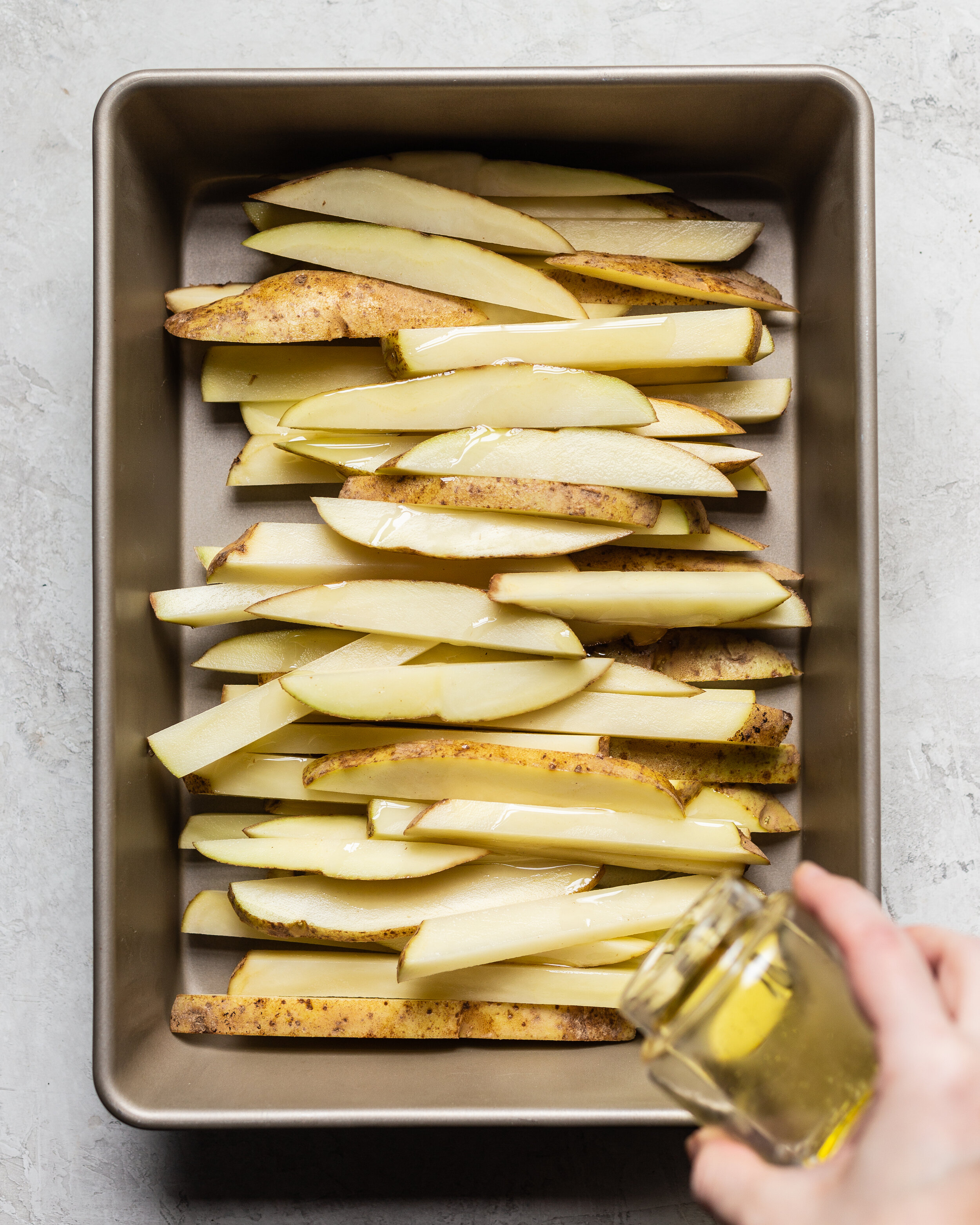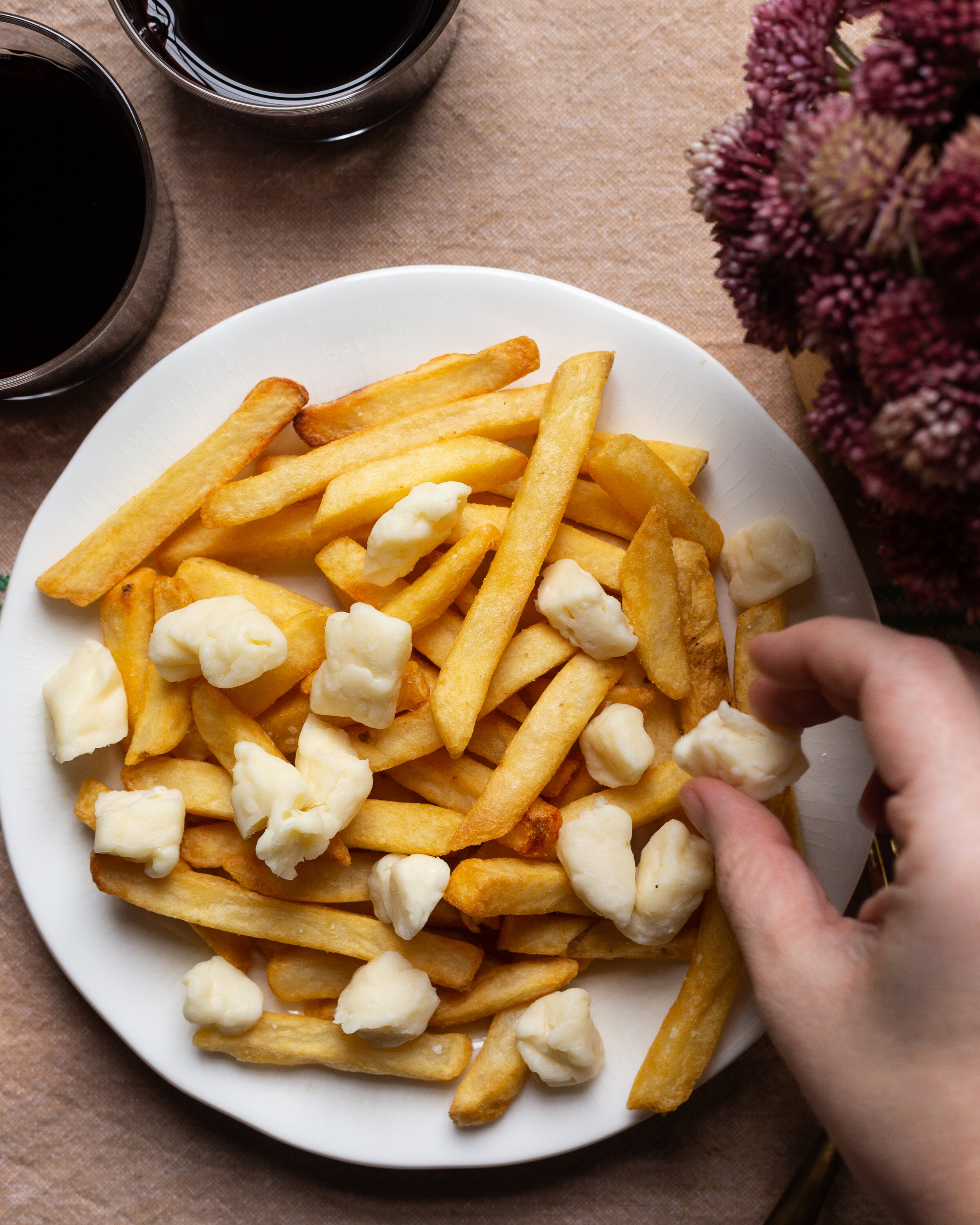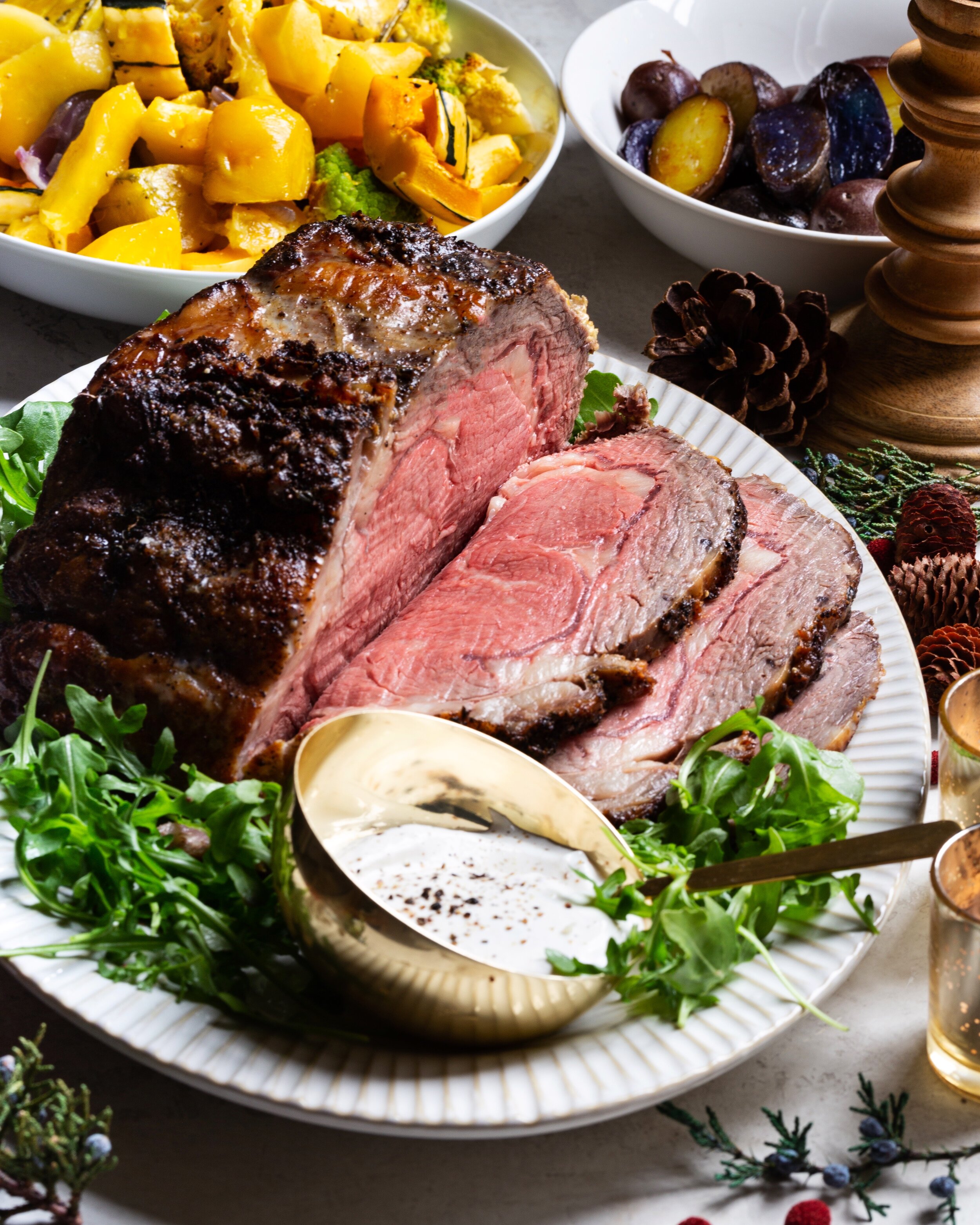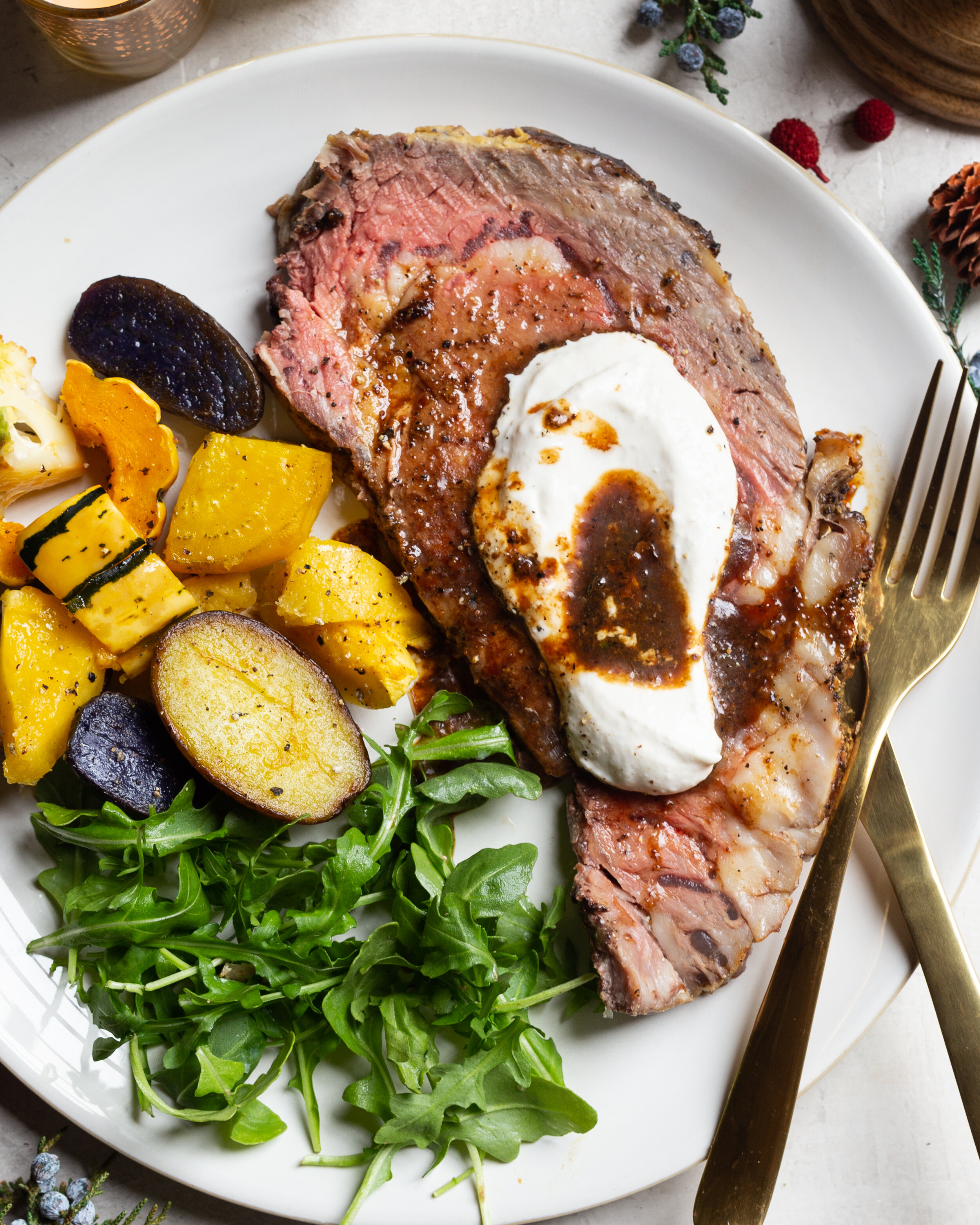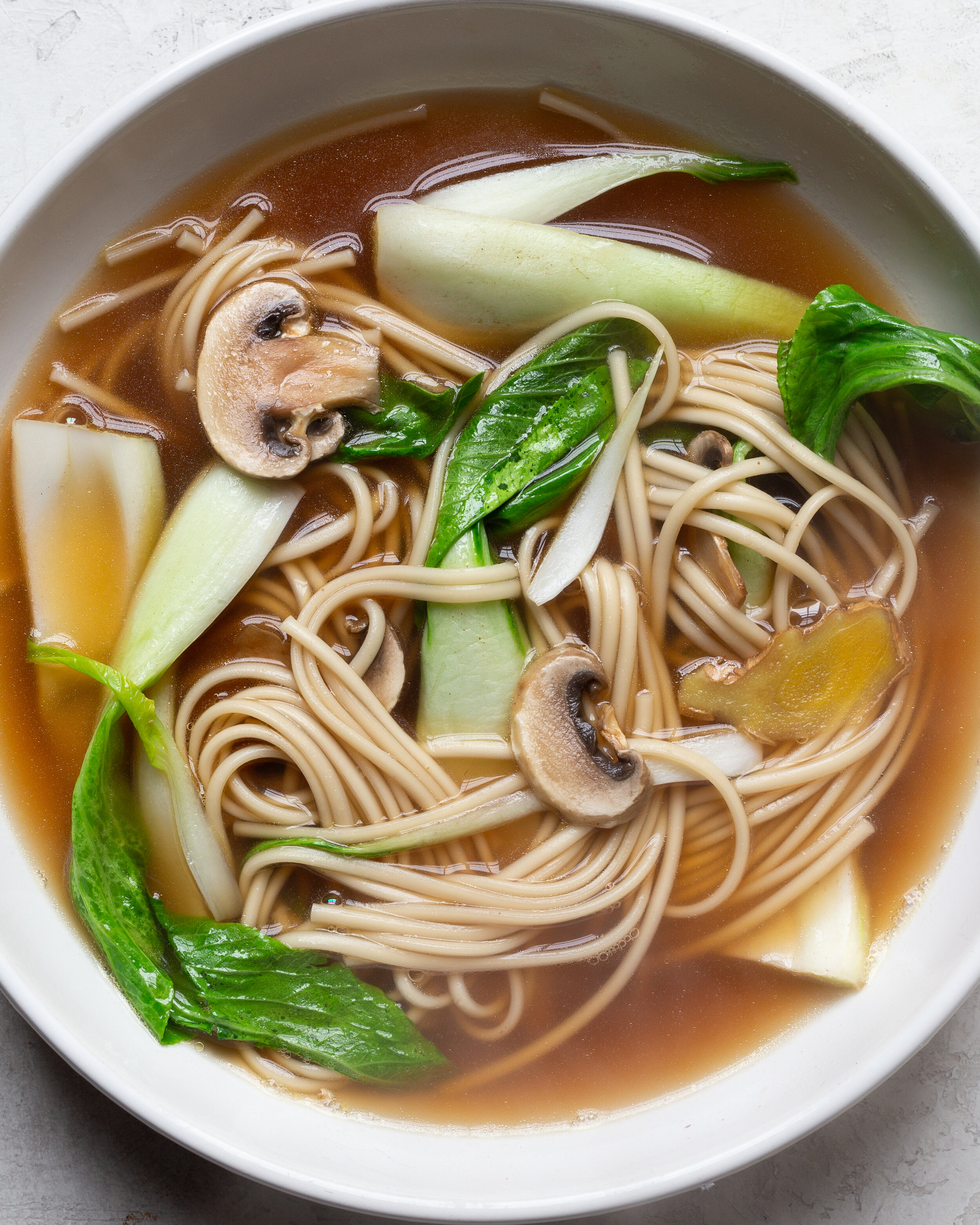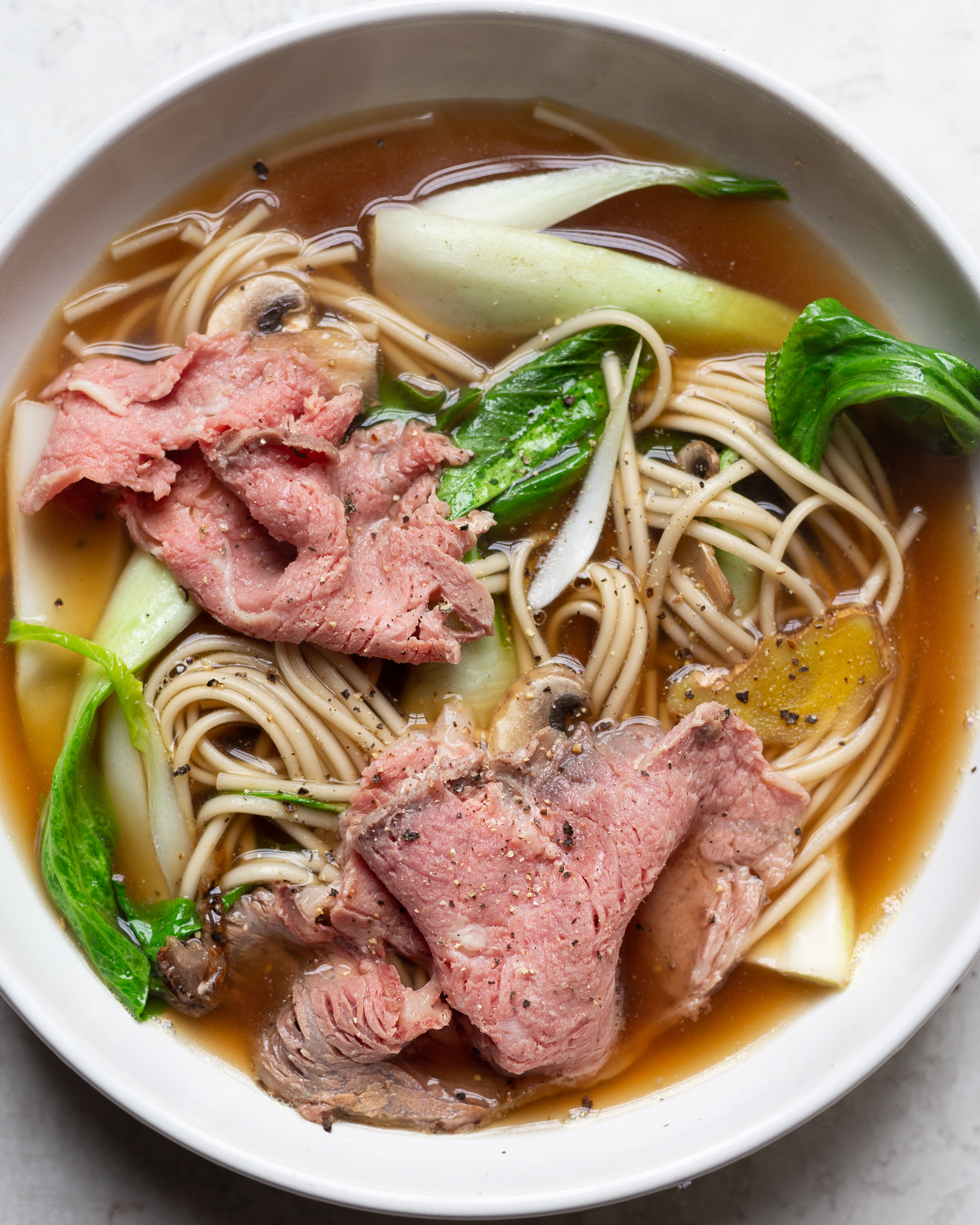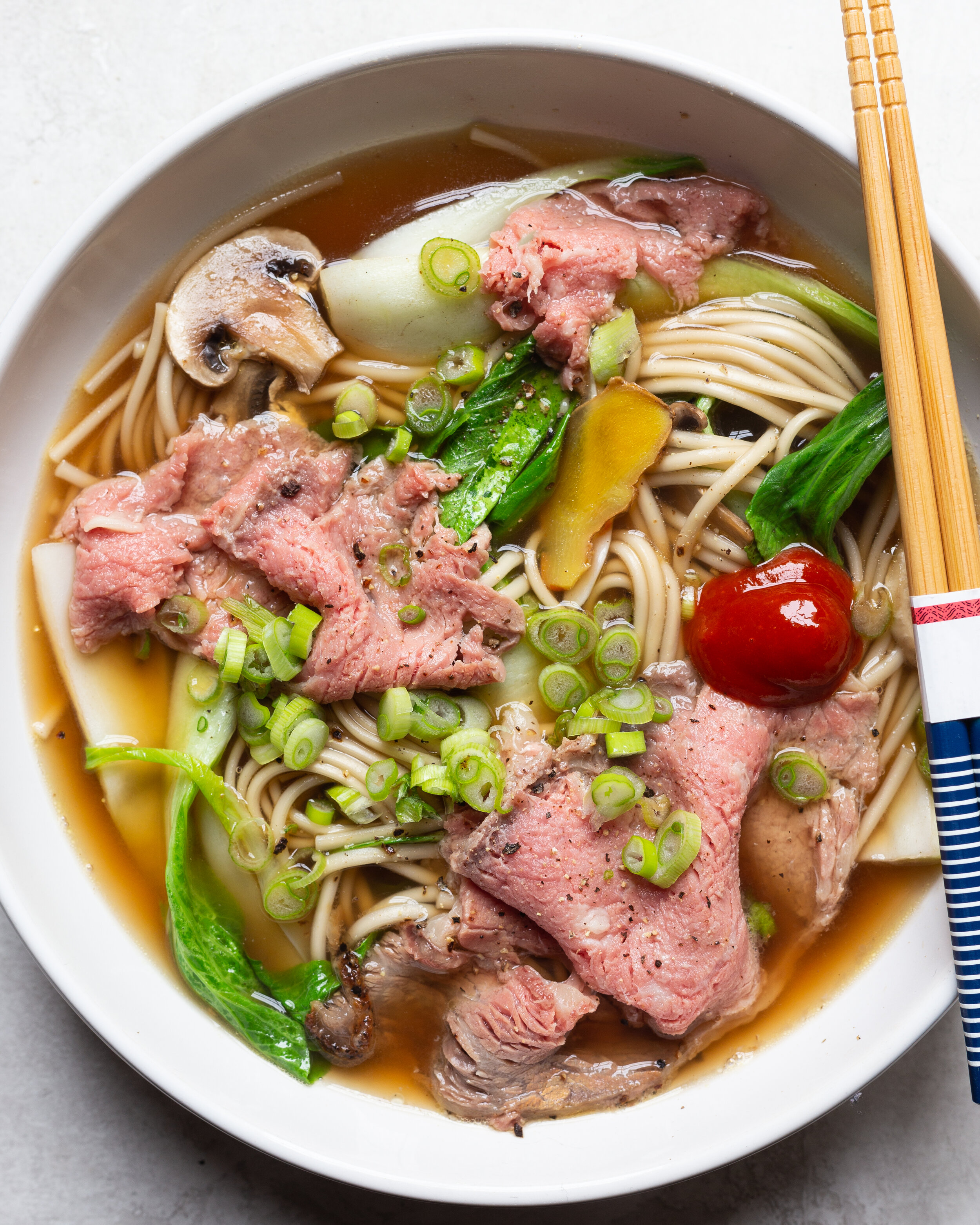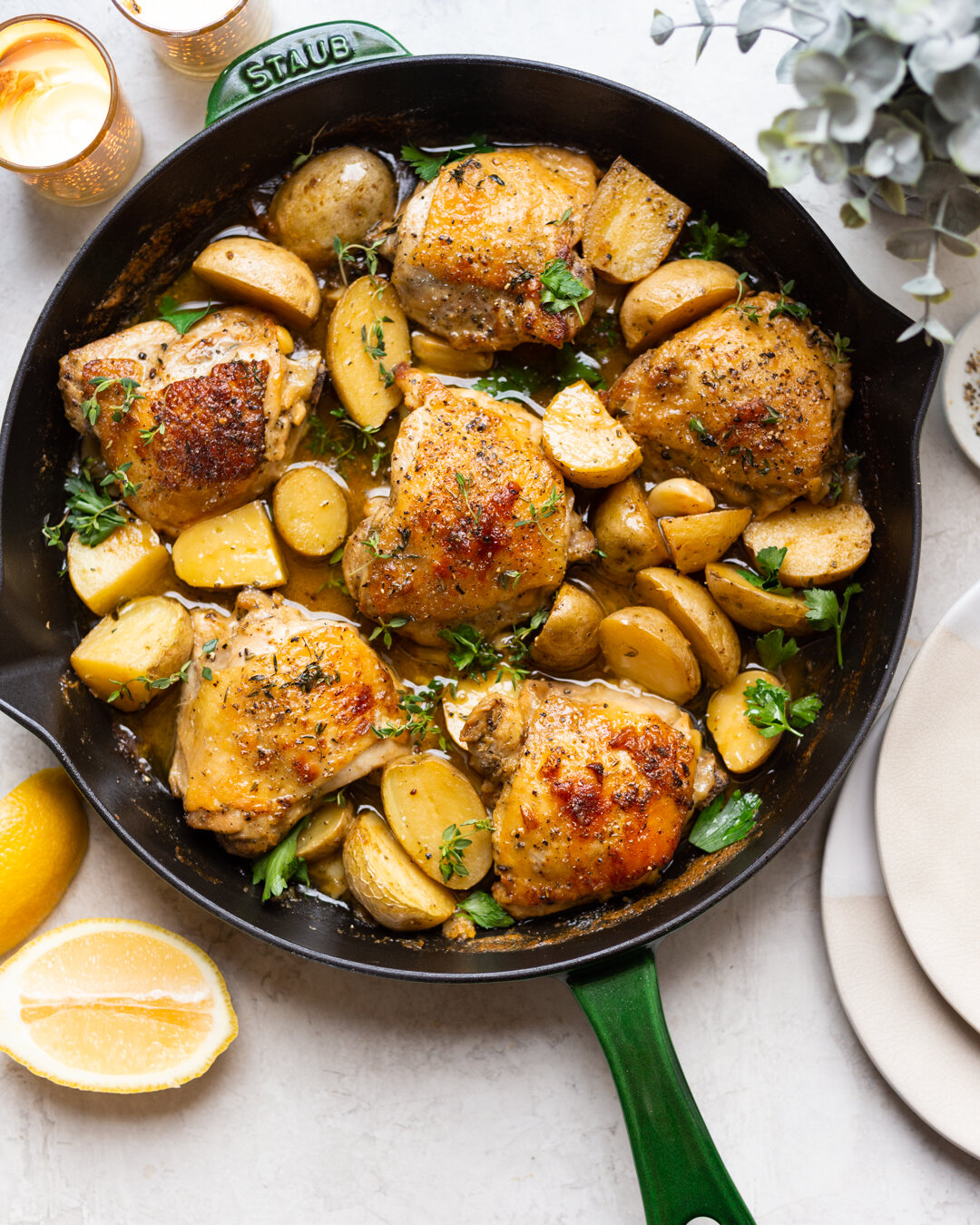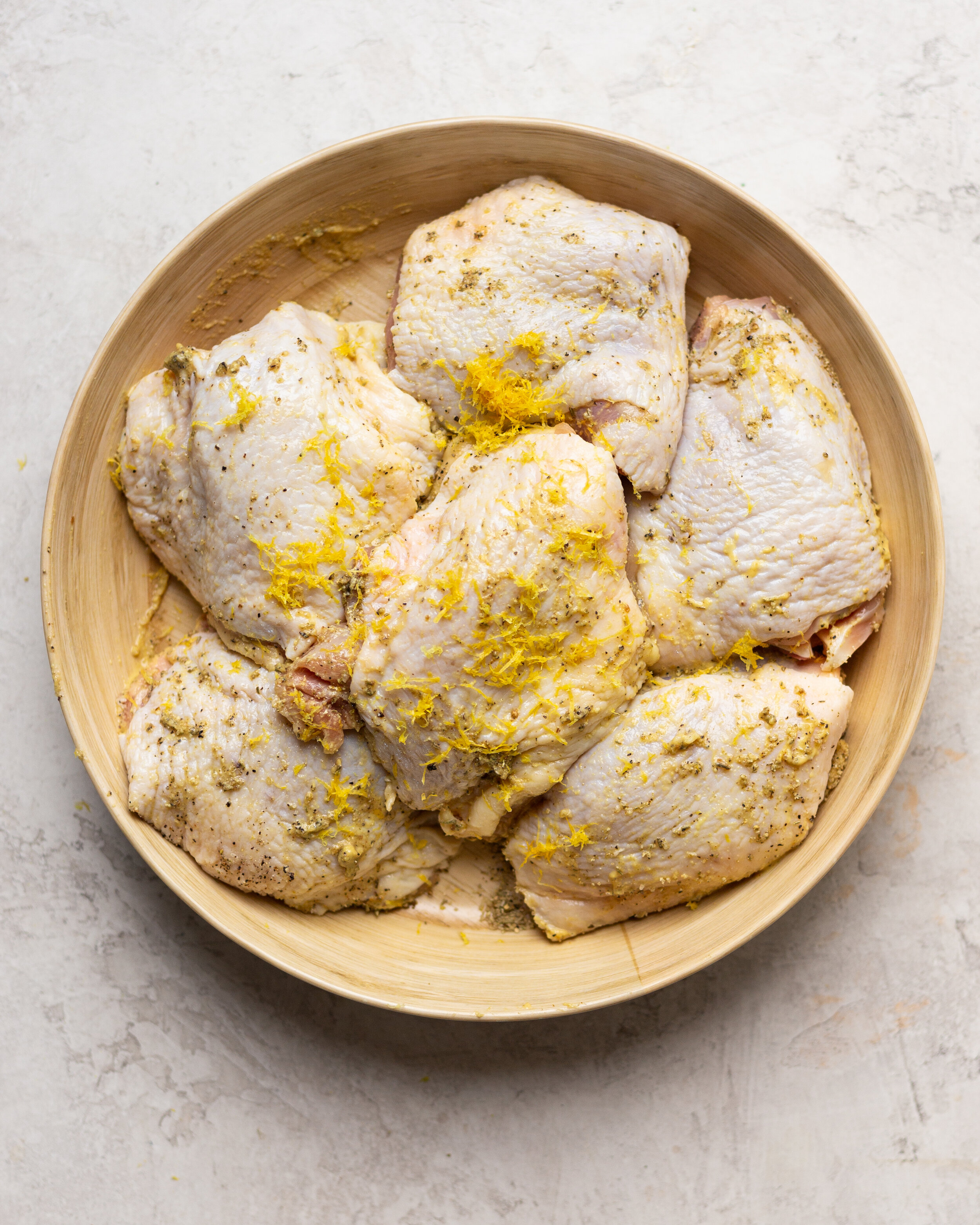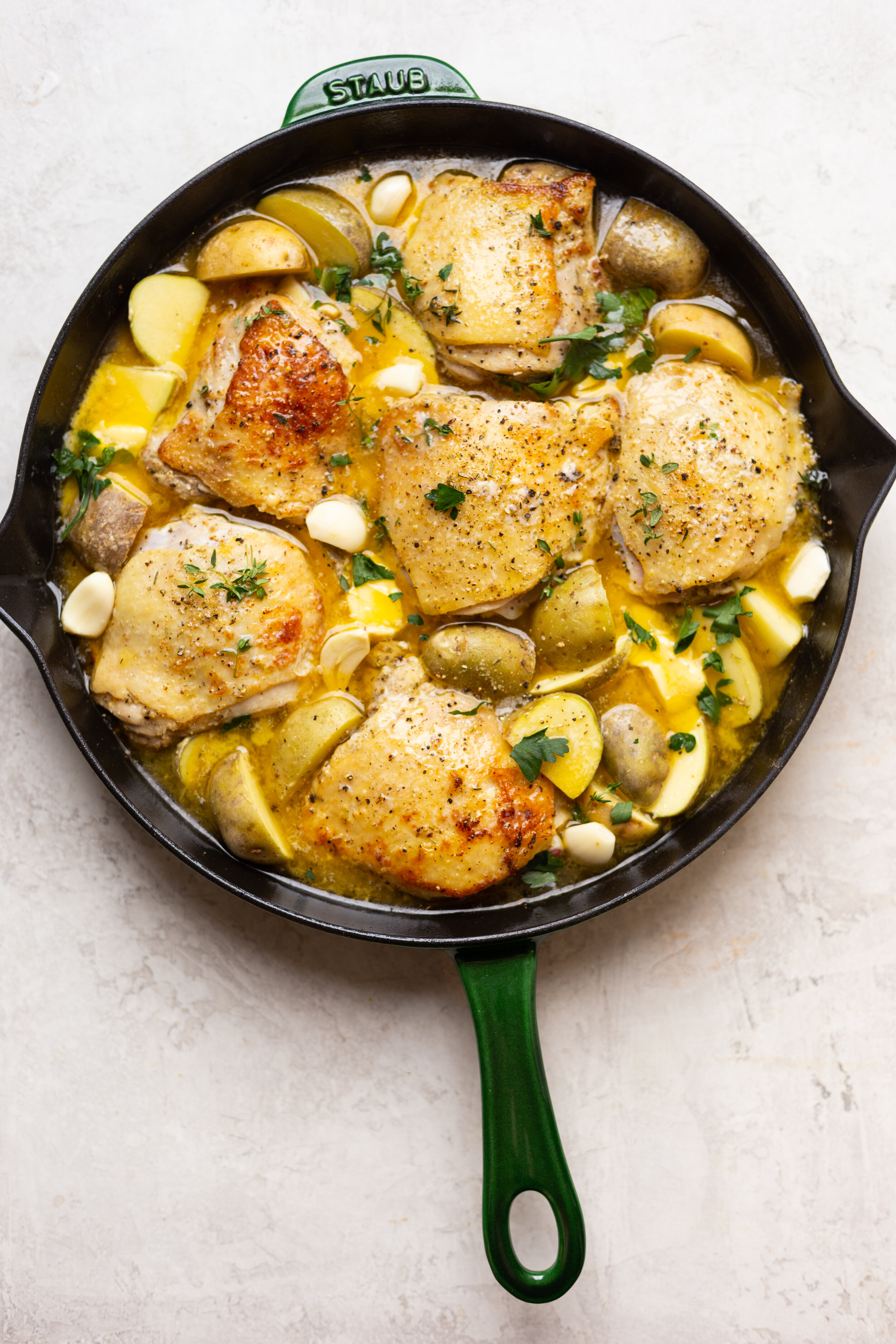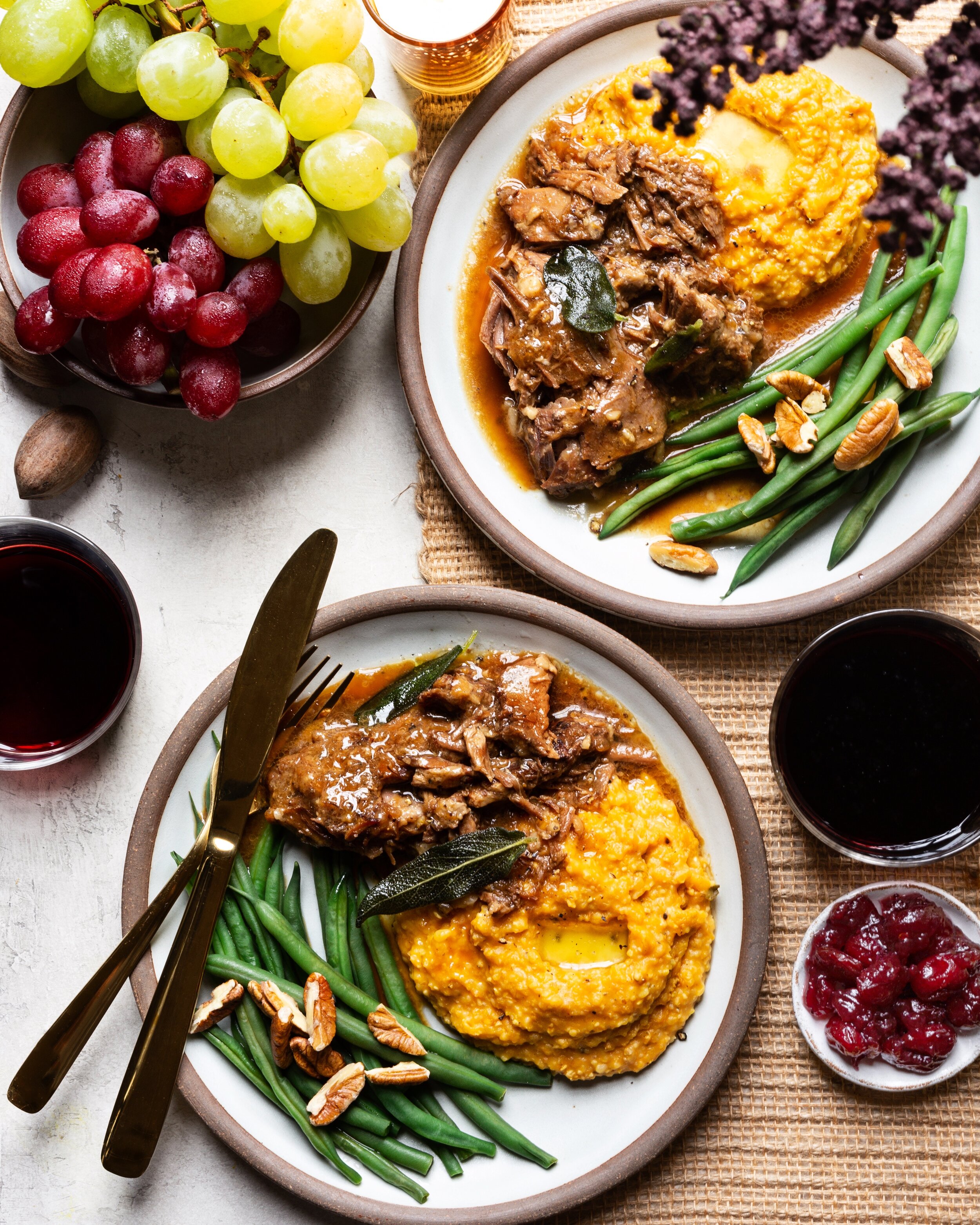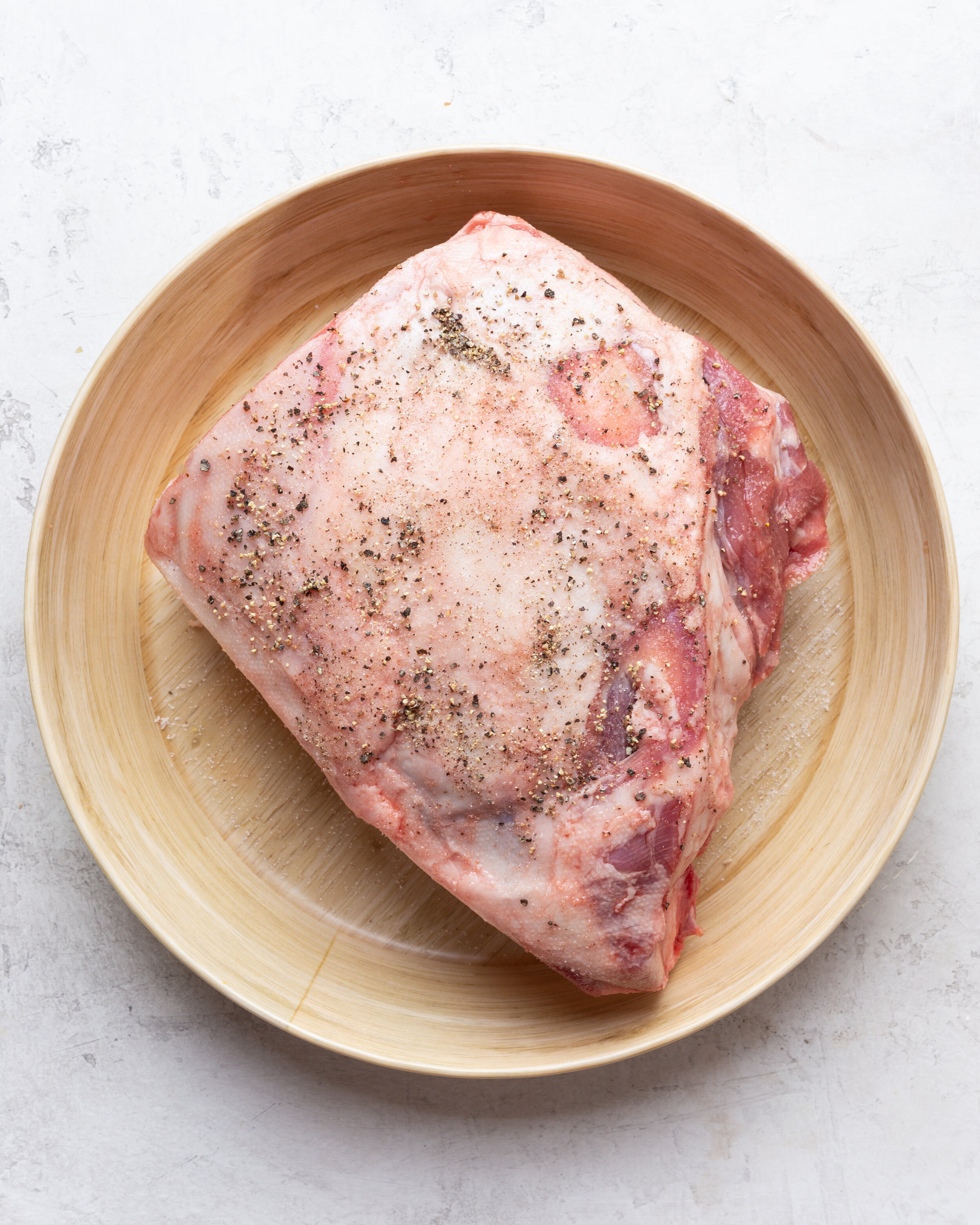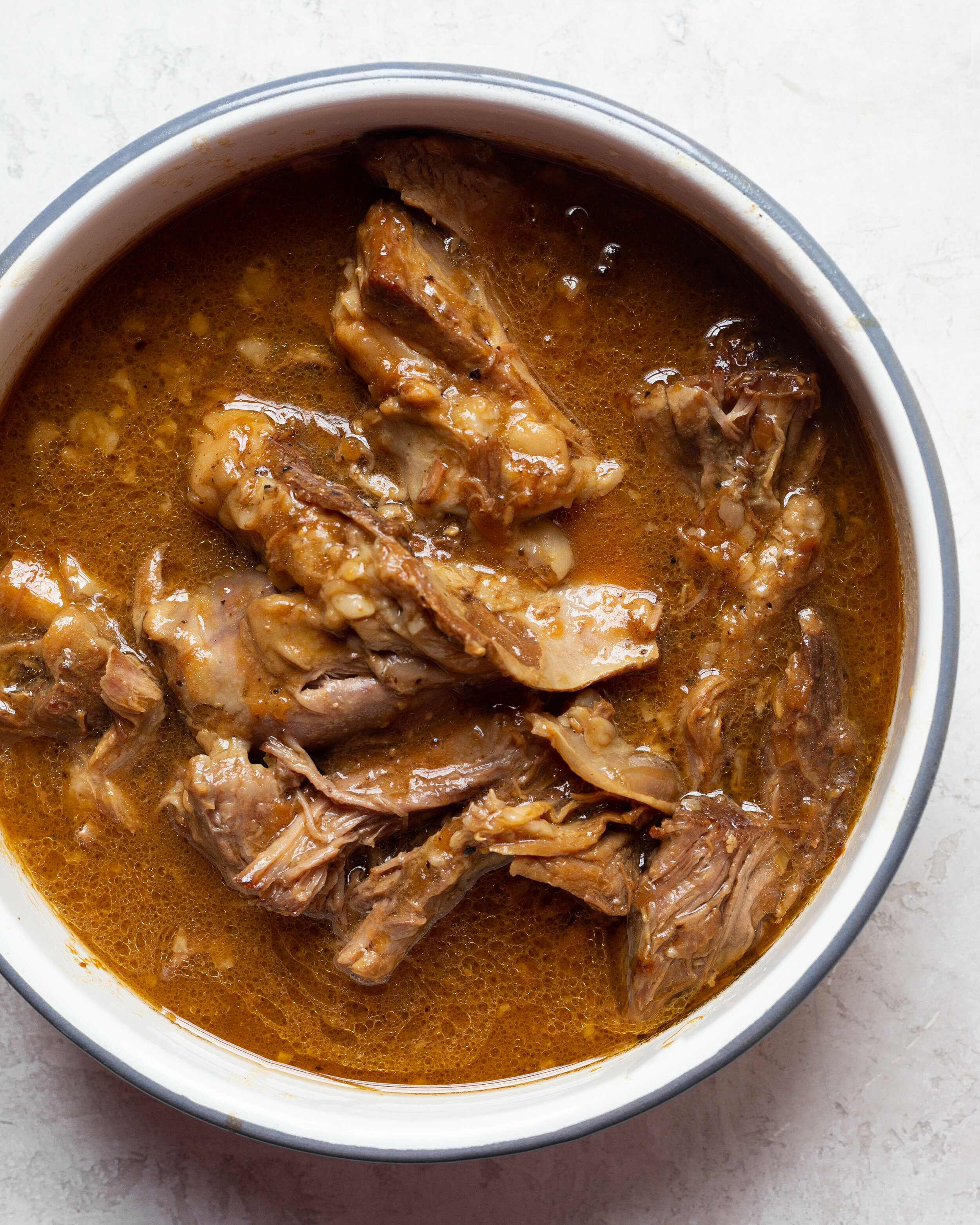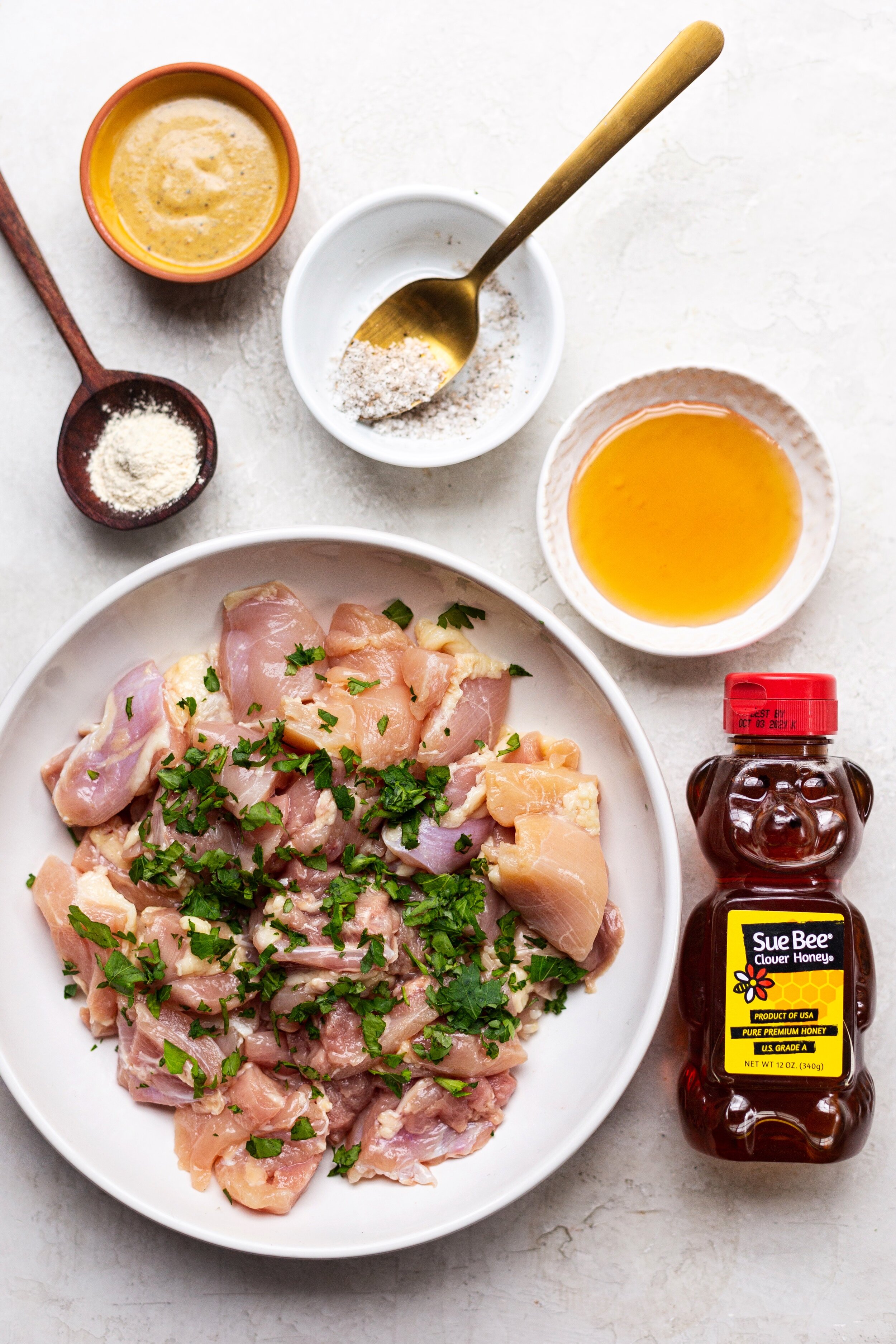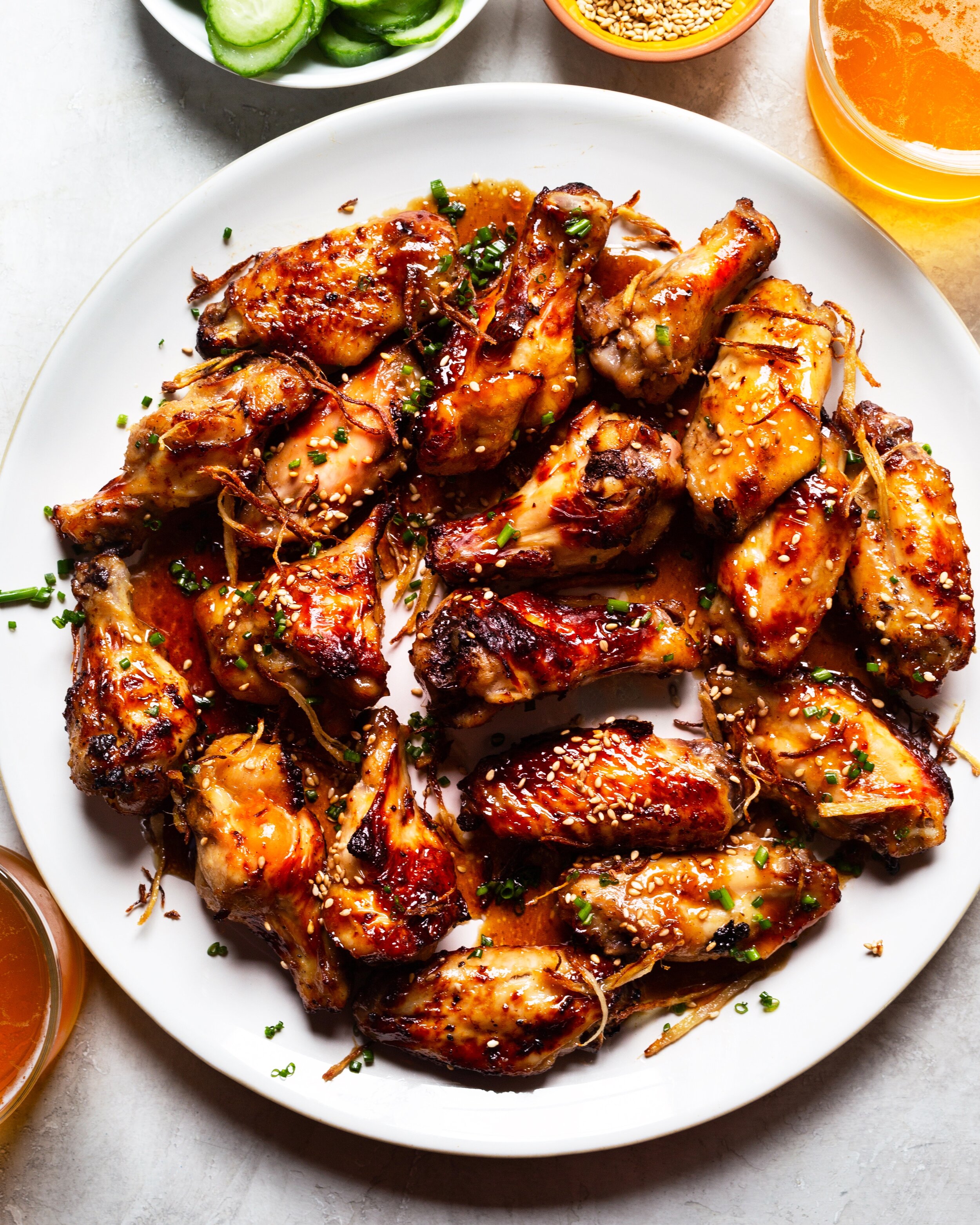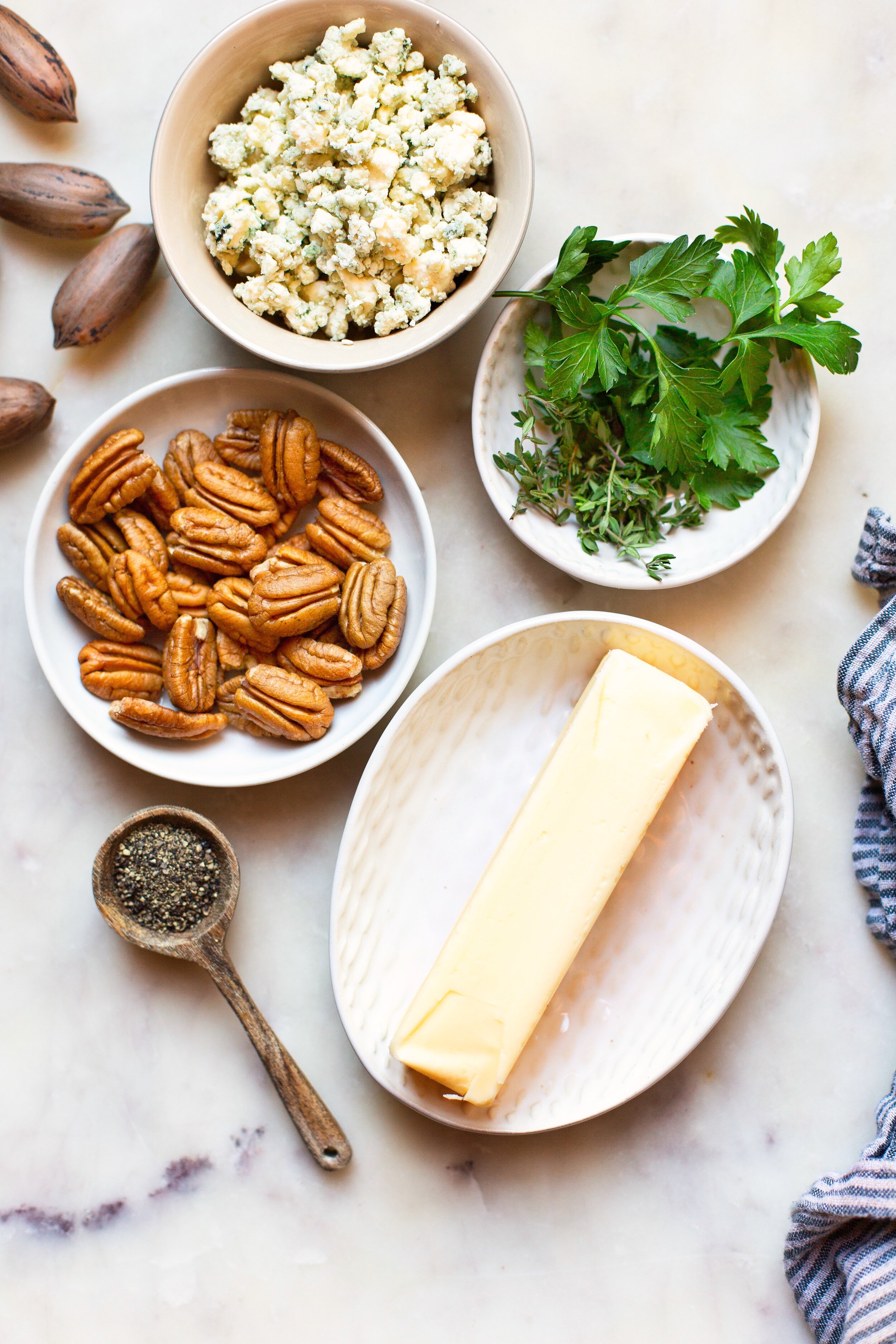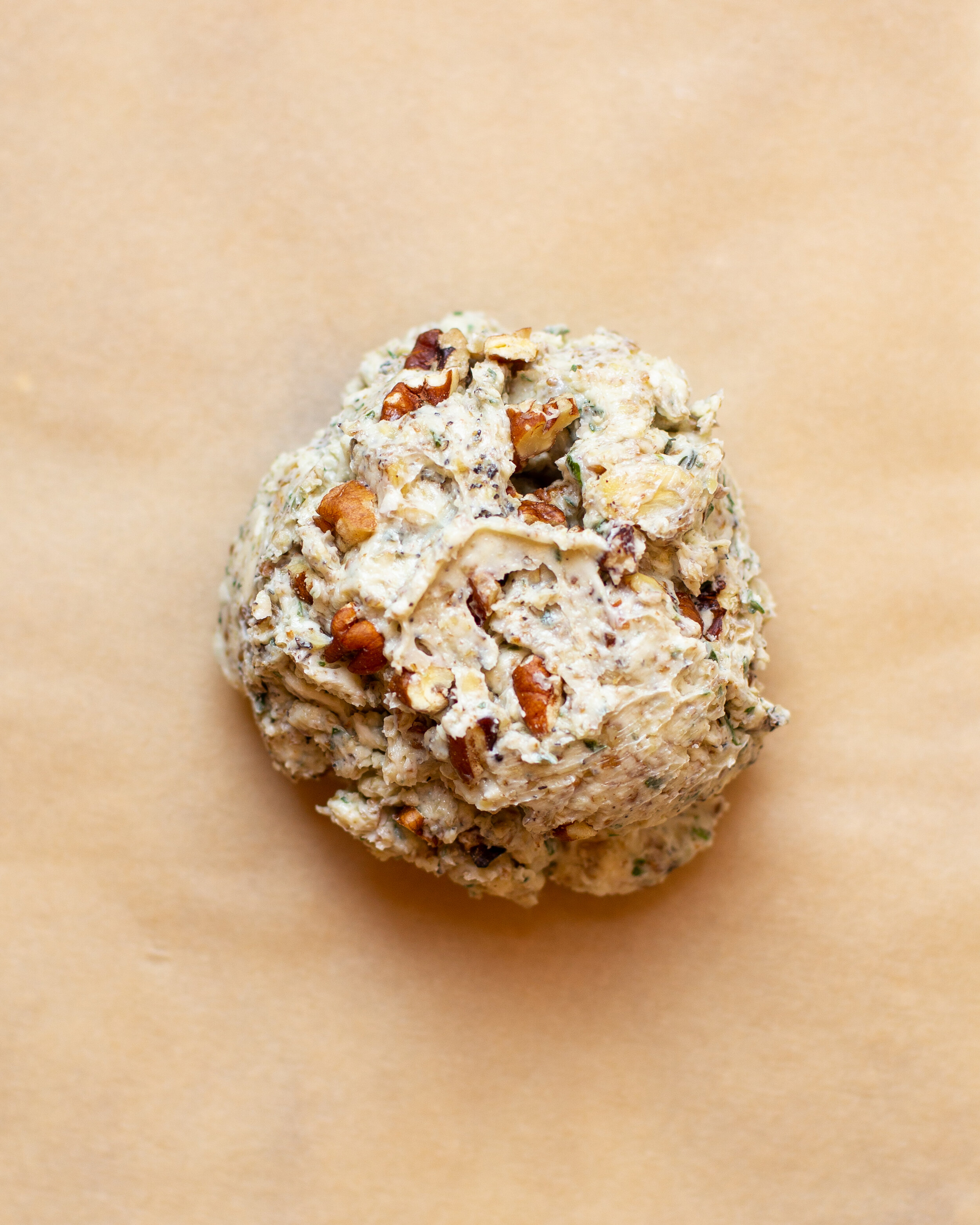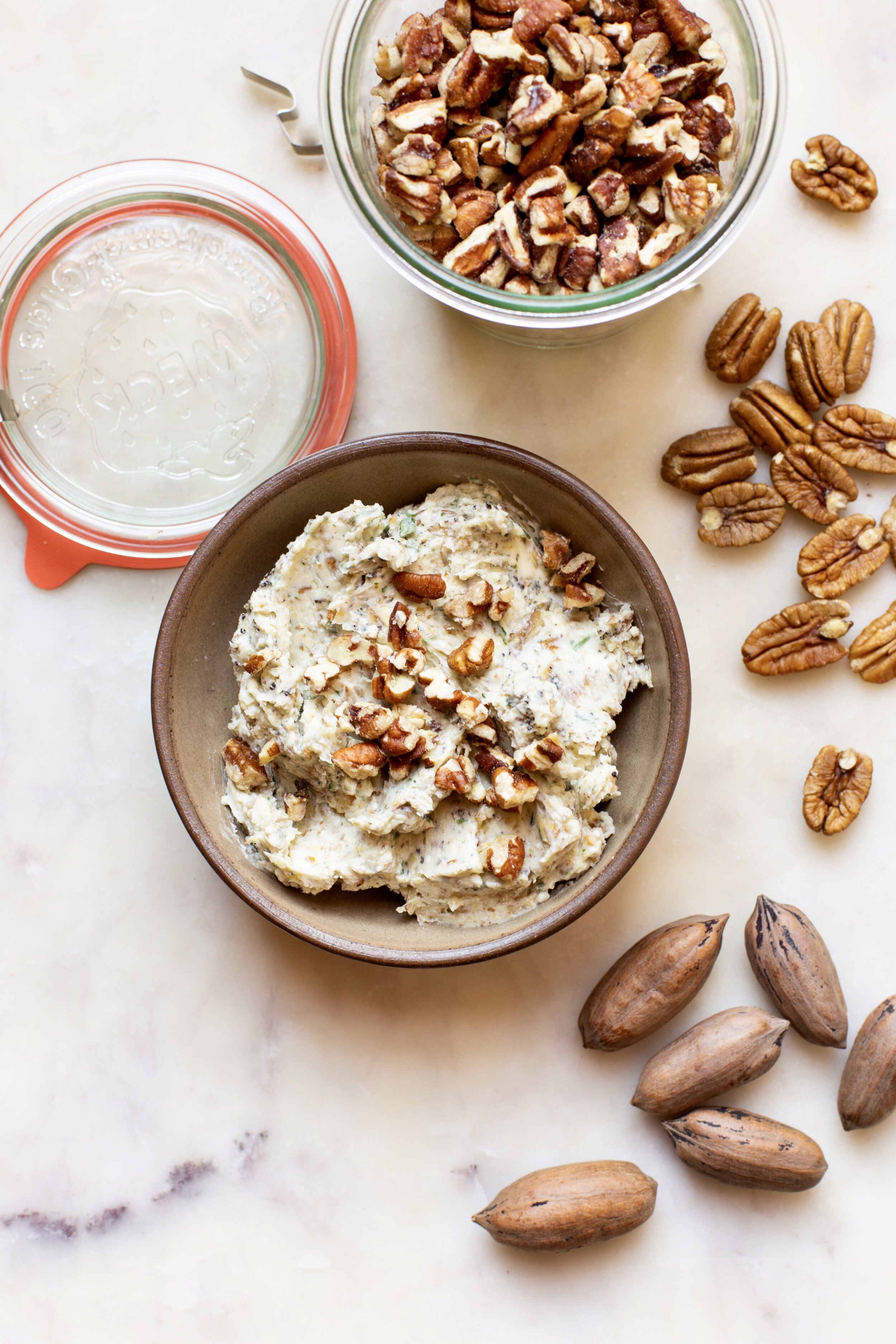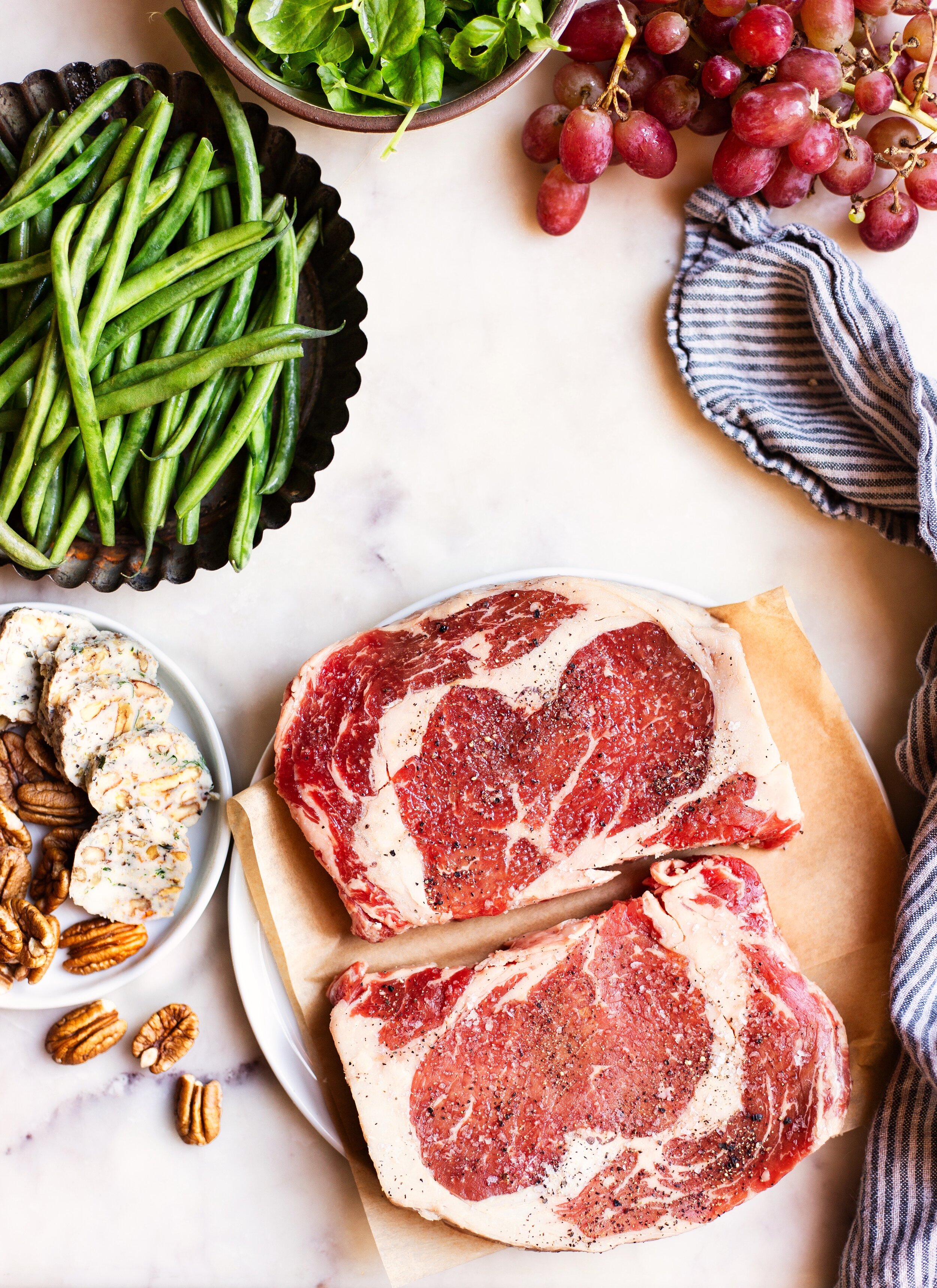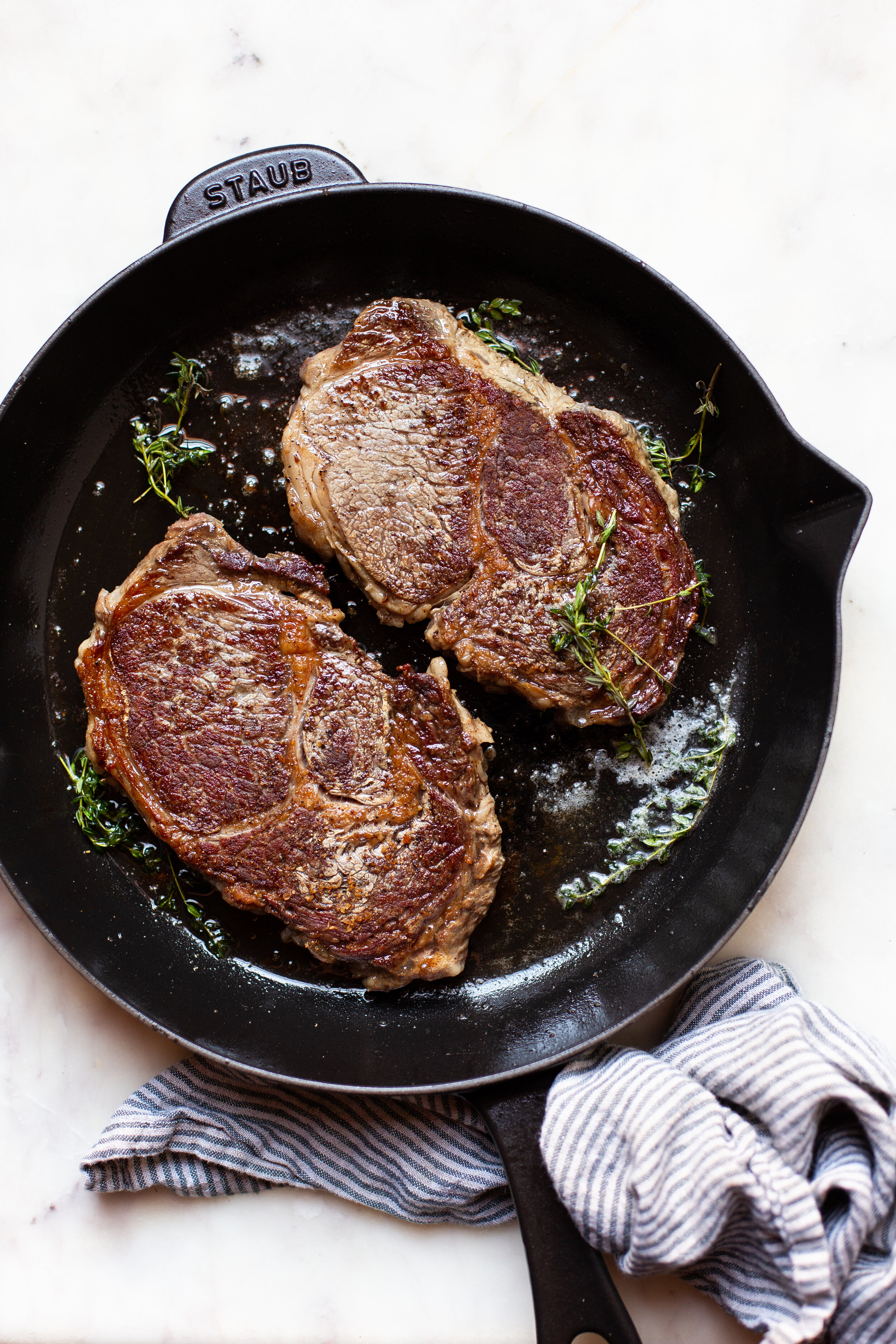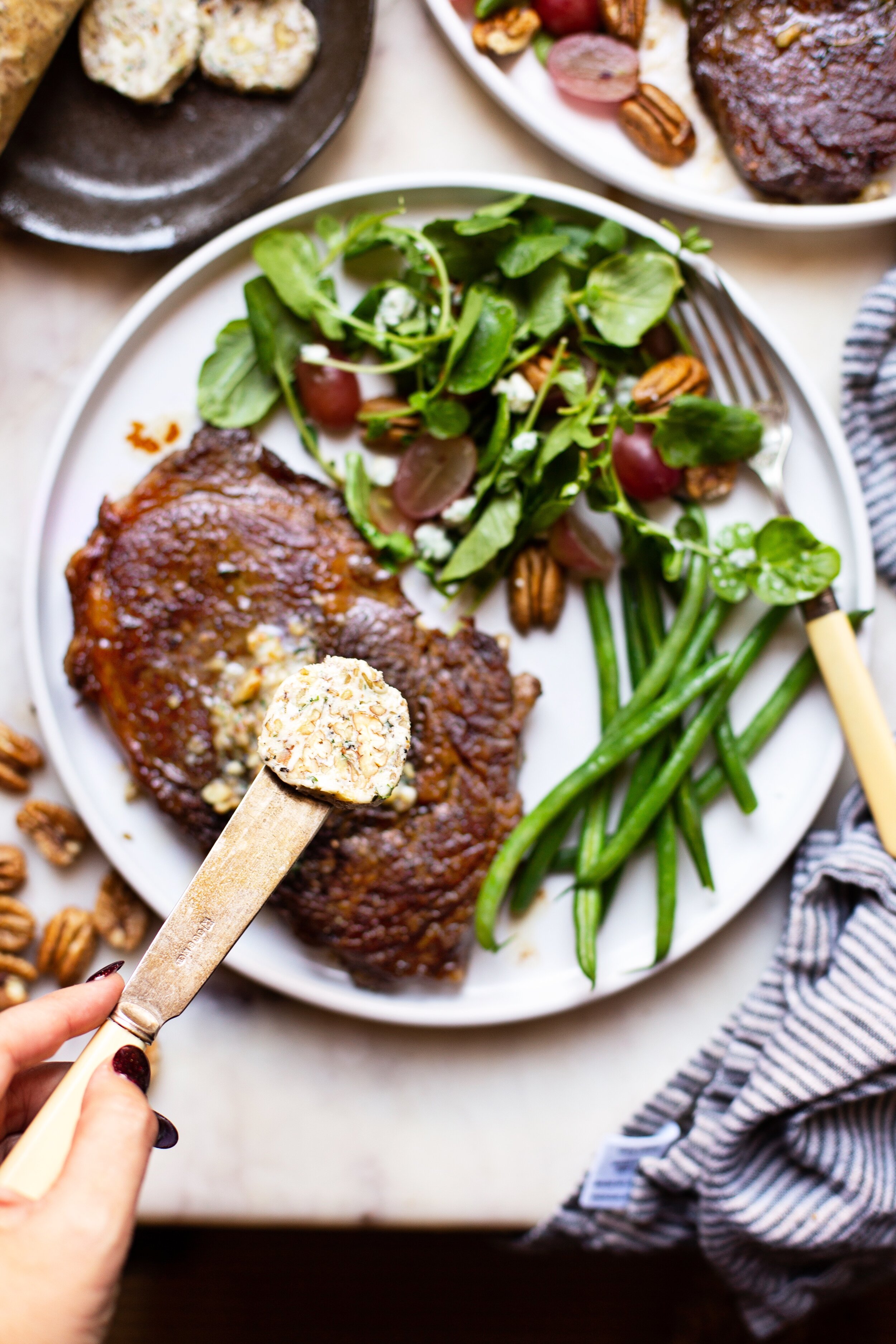Butternut Squash Soup
Butternut squash soup is like a golden pop of sunshine and comfort on a cold day. There’s a story behind it but I’m well aware of the fact that most people who visit blogs these days aren’t interested in the back story, and this has me feeling frustrated lately. As a hobby blogger and a home cook, the story behind a recipe is sometimes more important than SEO (Search Engine Optimization) or laying things out perfectly to make sure that the dots line up. To me, this soup is about my parents divorce and overcoming obstacles. It’s about creating something delicious with very few ingredients so that everyone can eat well, feel loved and can be forgiven.
My parents got divorced one Winter in my second year as a social work student at the University of Stellenbosch. It came at a time when my mother wasn’t always able to take care of everything by herself. As the eldest it became my responsibility to go grocery shopping and put dinner on the table, and having very little taught me to be resourceful by making meals that could “stretch.” This butternut squash soup quickly became a favorite supper, accompanied by toasted sourdough bread topped with grated gouda cheese. I made the exact same combination last week for the first time in years, and realized just how much has been overcome since I made it for my family in South Africa. I managed to graduate university by some miracle, despite not having any means to do so. Since leaving home there’s never been a day where I didn’t have anything to eat. Over time and with maturity we all managed to move past our feelings about my father. Those are big things. Really amazing things, all related to a pot of butternut squash soup.
Most of us can make soup without a recipe because it involves a few easy steps. Roast your vegetables, sauté aromatics, add stock and purée then season to taste and finish with toppings. Though it’s very simple, I hope you’ll try it with a thick slice of toasted sourdough and butter or grated smoked gouda (or both) and feel the love.
Some tips:
When choosing your butternut squash, always opt for those with a longer neck because they have more flesh.
You can roast your squash up to two days ahead of time and complete the recipe when you’re ready to enjoy it.
You can make this soup vegan by using olive oil to roast and a dairy-free milk alternative towards the end.
Add crispy pancetta crumbles or roasted squash seeds as a topping, but personally I prefer it plain.
The heavy cream is optional but makes it so deliciously creamy. When things were tight, I often added milk instead.
Butternut Squash Soup
Prep Time: 15 minutes | Cook Time: 1hr 20 minutes | Serves: 6
Ingredients:
2 medium butternut squash, peeled and cubed ( about 3 pounds)
4 tablespoons melted butter or olive oil
1 teaspoon dried thyme
1 teaspoon kosher salt
1 teaspoon cracked black pepper
2 tablespoons olive oil
1 medium yellow onion, finely diced
4 large cloves garlic, finely minced
1 small bay leaf
2-4 sprigs fresh thyme
1 quart chicken stock
1/2 cup heavy whipping cream, half n half, milk or dairy-free milk alternative
Special Equipment: Immersion blender OR blender, sheet pan
Method:
Preheat oven to 400F (200C). Place cubed butternut squash on a sheet pan or large roasting tray and drizzle with butter, then sprinkle with dried thyme, salt and pepper. Roast on the middle rack for 35-40 minutes or until very tender.
While the squash is roasting, heat olive oil in a large heavy-bottomed pot over medium heat. Add onion and garlic, sauté for 5 minutes until onion is translucent but not overly browned. Add bay leaf and thyme, followed by roasted squash and stock. Cook for 10 minutes with the lid on, then discard bay leaf and thyme sprigs and purée for 2-3 minutes using an immersion blender, or transfer to a standing blender in batches and blend for 1 minute each time until smooth. Return soup back to the pot and simmer for 10 minutes and remove from heat. Stir through heavy cream, season to taste (I love to add more herbs at this point) and serve.
